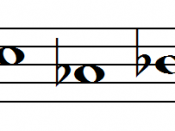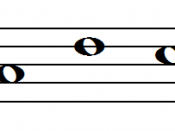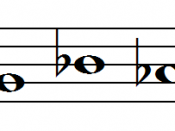When exactly did Modern music start? Many people will most likely point to Impressionism as the roots of "Modern period" music. However, it is only at the end of World War I that is considered the real start of the Modern period. The society was depicted by rebellion and distress. As a result, music of the time became increasingly divided as composers went their own separate ways in creating music. Much of the music from 1910 to 1930 was called "the new music", and the major development of this period was focused on the concept of atonality. There was a general movement to bridge the gap between the so-called "old" and "new" music, thus the establishment of the 'Neo-Classical movement' came as a result, with a longing to relate to previous tradition. Generally speaking, the 20th century music period was filled with "isms", such as the Atonalism, Serialism, Minimalism, etc.
This essay will focus on Serialism and one of its subgroups, the Twelve-tone Technique.
The term "serialism" is often mistakenly known as "twelve tone music". However, the 12-tone technique is only one of several kinds of serialism. Arnold Schoenberg came up with the 12 tone technique, and from then on, many composers followed the logic, and many of the musical elements such as note length, silence, texture, volume, and so on were serialized. The reasoning behind total serialism was simply organizing notes and other elements according to numerical patterns. This was clamed to be done through "logical" harmonic progressions, melodic lines, and a sense of pulse or rhythm. However, it is only "mathematically" logical, as the listeners are usually unaware of some repeating or even predictable musical "events". The notes and tone rows dissolve into the song, while interweaving among the melodies, in a seemingly random arrangement. The end...


